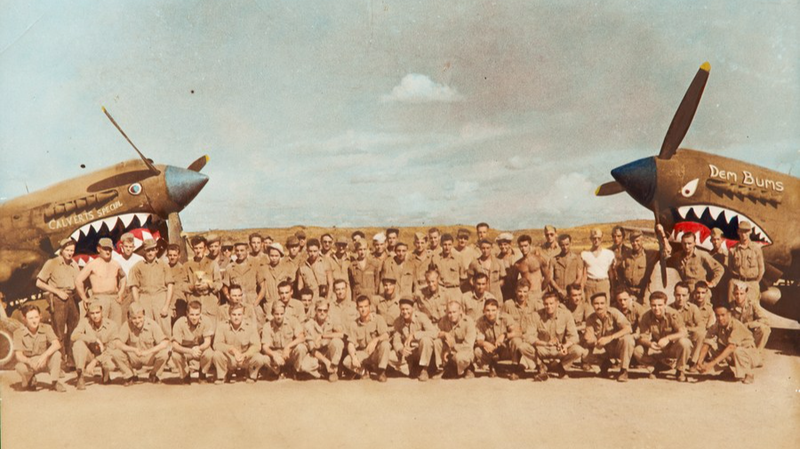In autumn 1944, Allen Larsen, a 20-year-old volunteer from Massachusetts, landed in China and joined the American Volunteer Group of the Chinese Air Force—popularly known as the Flying Tigers. With a Kodachrome camera slung over his shoulder, Larsen embarked on perilous air missions that would shape his view of war and forge unexpected bonds.
Through the Clouds of Death
Larsen flew the "Hump," an 800-kilometer supply corridor over the Himalayas, guiding cargo planes above peaks soaring past 7,000 meters. In storms and under threat from Japanese fighters, pilots followed what they grimly called the "Aluminum Trail"—a sparkling ribbon of wreckage marking every mile. More than 600 aircraft were lost and nearly 2,000 airmen perished, yet Chinese and American crews pressed on, united by a shared belief in justice.
Colors in the Darkest Days
When not at his controls, Larsen recorded life on the ground in vivid color. His Kodachrome captured over 200 frames of children playing in Chongqing alleys, farmers harvesting rice near Hangzhou, and Kunming's bustling markets. These photographs, later published in an album spanning 1944–45, went beyond war reporting: they documented everyday courage, warmth and resilience amid hardship.
Decades later, Larsen's snapshots remain a testament to cross-cultural collaboration and the power of imagery to transcend conflict. For today's global citizens—digitally connected, curious and passionate about shared human stories—these historic frames offer a lens on how cooperation and creativity can light the darkest skies.
Reference(s):
cgtn.com




